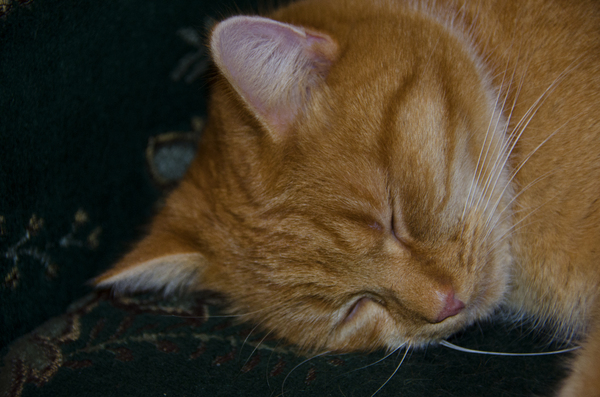Cultural Differences in Cat Litter Practices Around the World
Cultural Differences in Cat Litter Practices Around the World
Blog Article

Cat litter and litter boxes play a critical function in the lives of both cats and their owners. From the simple beginnings of sand and soil to the ingenious improvements these days, the world of cat litter has evolved considerably. In this detailed guide, we look into every element of cat litter and litter boxes, exploring their history, types, advantages, obstacles, and whatever in between.
The history of cat litter go back centuries, with ancient civilizations using sand, soil, and even ashes as primitive litter materials. However, it wasn't until the mid-20th century that modern cat litter as we know it emerged. In 1947, Edward copyright introduced the world's first commercial cat litter made from absorbent clay, transforming the way cats relieved themselves indoors. Because then, cat litter has gone through many improvements, with the intro of clumping litter, silica gel litter, eco-friendly alternatives, and more.
Today, feline owners are ruined for choice when it comes to picking the ideal litter for their feline buddies. Conventional clay litter remains popular for its affordability and effectiveness in absorbing smells. Clumping litter, which forms strong clumps when wet, streamlines cleaning and maintenance. Silica gel litter, made up of extremely absorbent silica crystals, provides exceptional smell control and durability. Naturally degradable choices, such as recycled paper, wood pellets, corn, and wheat, appeal to ecologically mindful consumers.
Each kind of cat litter uses unique advantages. Clay litter masters its capability to absorb wetness and control odors, making it a reputable choice for lots of feline owners. Clumping litter simplifies daily scooping and extends the time in between complete litter changes. Silica Self Cleaning Litter Boxes gel litter supplies remarkable odor control and can last longer in between replacements. Naturally degradable litters offer a sustainable option that lessens environmental effect.
While cat litter improves indoor feline hygiene, it is not without its obstacles. Dust from clay litter can pose breathing dangers for both cat litter robot cats and people, triggering the appeal of dust-free alternatives. Some felines may establish litter box aversion due to concerns with texture, fragrance, or cleanliness, demanding experimentation with different litters and box setups. Multi-cat households might require tactical litter box placement and frequent upkeep to avoid territorial disputes and make sure all cats have access to tidy facilities.
Picking the suitable litter box is necessary for promoting positive litter box routines and general feline wellness. Elements to think about include size, availability, and design choices. Covered litter boxes provide personal privacy and help include smells, but some felines may find them confining or frightening. Open-top litter boxes offer simple gain access to and exposure however may lead to more litter scatter. Automatic self-cleaning litter boxes improve upkeep but require routine monitoring and upkeep.
Correct litter box maintenance is important for making sure a clean and welcoming environment for both felines and their owners. Daily scooping removes waste immediately, minimizing odor and preventing litter box aversion. Routine litter replacement, typically every 1-2 weeks, prevents bacterial accumulation and keeps optimal absorbency. Comprehensive cleansing with moderate cleaning agent and water, preventing harsh chemicals that may prevent felines from utilizing the box, ought to be carried out monthly.
Cat litter and litter boxes play a main function in fostering a healthy and harmonious relationship in between felines and their human buddies. With a varied array of litter choices and litter box styles readily available, feline owners have the flexibility to tailor cat litter robot their choices to fit their felines' preferences and household needs. By understanding the development, types, advantages, and obstacles of cat litter and litter boxes, family pet owners can provide their feline buddies with a comfortable and hygienic indoor environment.